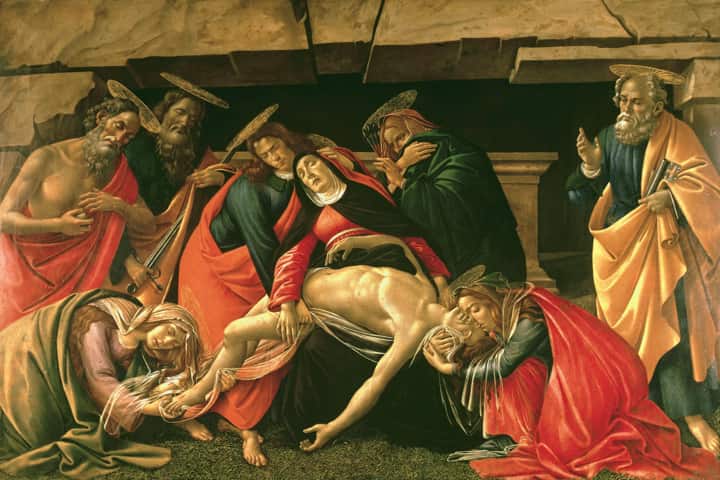While the artworks of Renaissance masters are enchanting yet there is an element of enigma in them in terms of their creative process and how they used colours in their paintings. As per a report in sciencenews.org art historians often ardently desire that such secrets could be uncovered.
This has come true, as aided by physics and chemistry, scientists have cracked why in 15th Century in Italy, artists like Leonardo da Vinci and Sandro Botticelli used paints made from oil and egg. This was the phase when egg-based tempera paints were being substituted with oil-based ones.
Stressing that there is more to artwork that mere aesthetics, Ophelie Ranquet, a chemical engineer at Germany’s Karlsruhe Institute of Technology observed: “Usually, when we think about art, not everybody thinks about the science which is behind it.”
To understand the oil-egg combination, Ranquet and colleagues in the laboratory made two recipes using the oil and egg and juxtaposed it with plain oil paint.
In one mix, they used fresh egg yolk and oil paint and this had a consistency similar to mayonnaise. Scientists for the other one ground pigment into the yolk, dried it and mixed it with oil. This was probably the method opted by the great masters as per the few historical records that are in existence today.
Both these preparations were put through a series of tests to enable to know about its moisture, mass, heat capacity, oxidation, time it takes to dry and other details
Providing details of their study which was published in Nature Communications, the team stated that both mixtures allowed slow paint oxidation causing the paint to turn yellow over time. This is due to the presence of antioxidants, proteins and phospholipids in the yolk.
The blend that had mayonnaise consistency resulted in solid links between particles of the pigment, thereby making the paint stiffer. This mixture would have been best suited for the raised and thick style, called impasto which added texture to the art.
Using egg also diminished the wrinkling that came about thanks to firmer paint consistency. The cause of wrinkling at times could be attributed to the top layer oil paint drying faster than the one below it. This makes the dried film cave in over the paint that is still wet and loose.
While the blended paints had some distinct advantages, they had some negative points too. It took them longer to dry, forcing the artists of that period to wait for long before they could apply the next layer, observed Ranquet.
Appreciating these masters for their innovative ideas, Ken Sutherland, Director of Scientific Research at the Art Institute of Chicago, said: “The more we understand how artists select and manipulate their materials, the more we can appreciate what they’re doing, the creative process and the final product.”
Sutherland who was not a part of the study team added that research on historical art mediums help in preservation of art and also enable a deeper understanding and appreciation of the works themselves.














